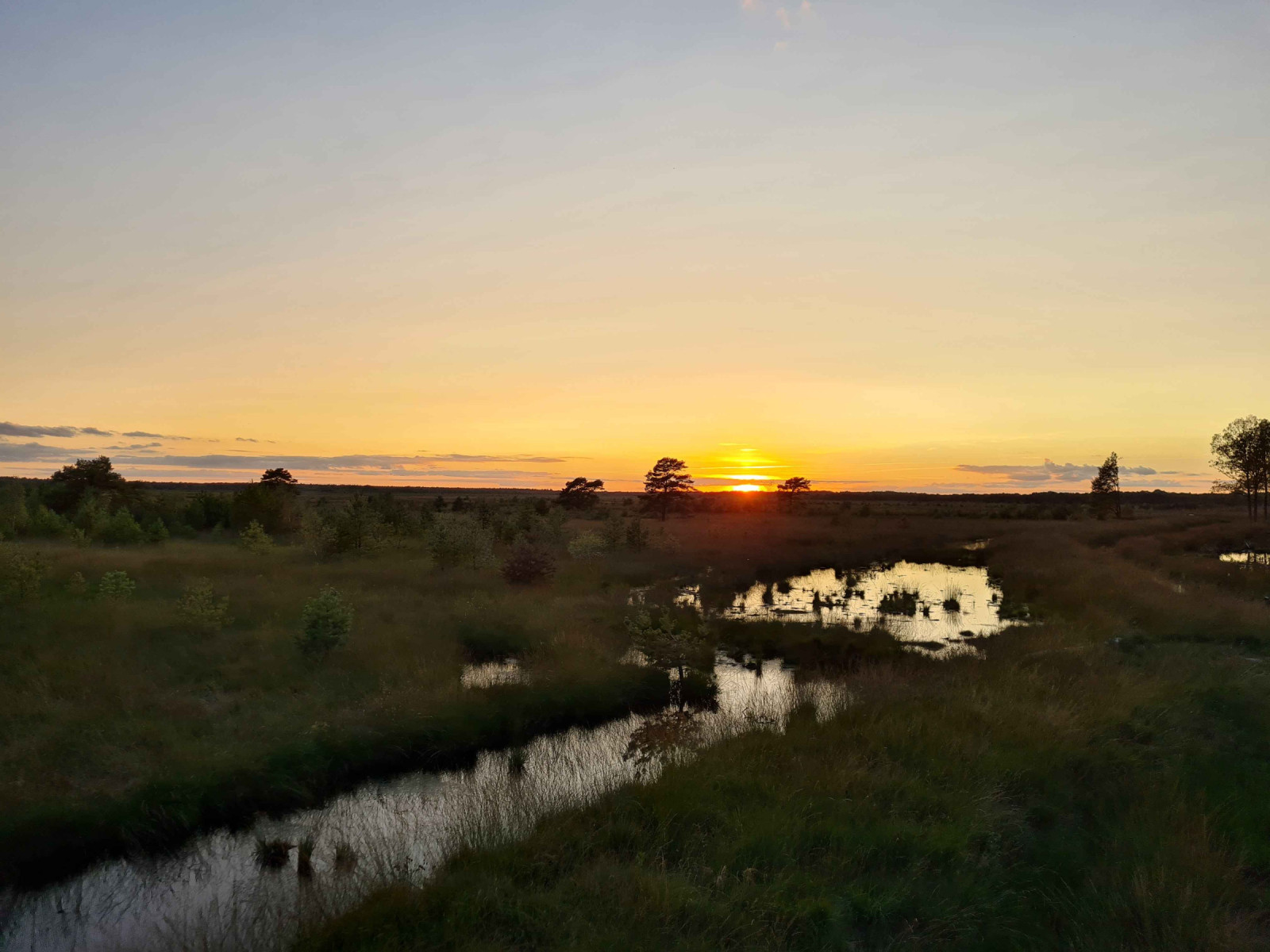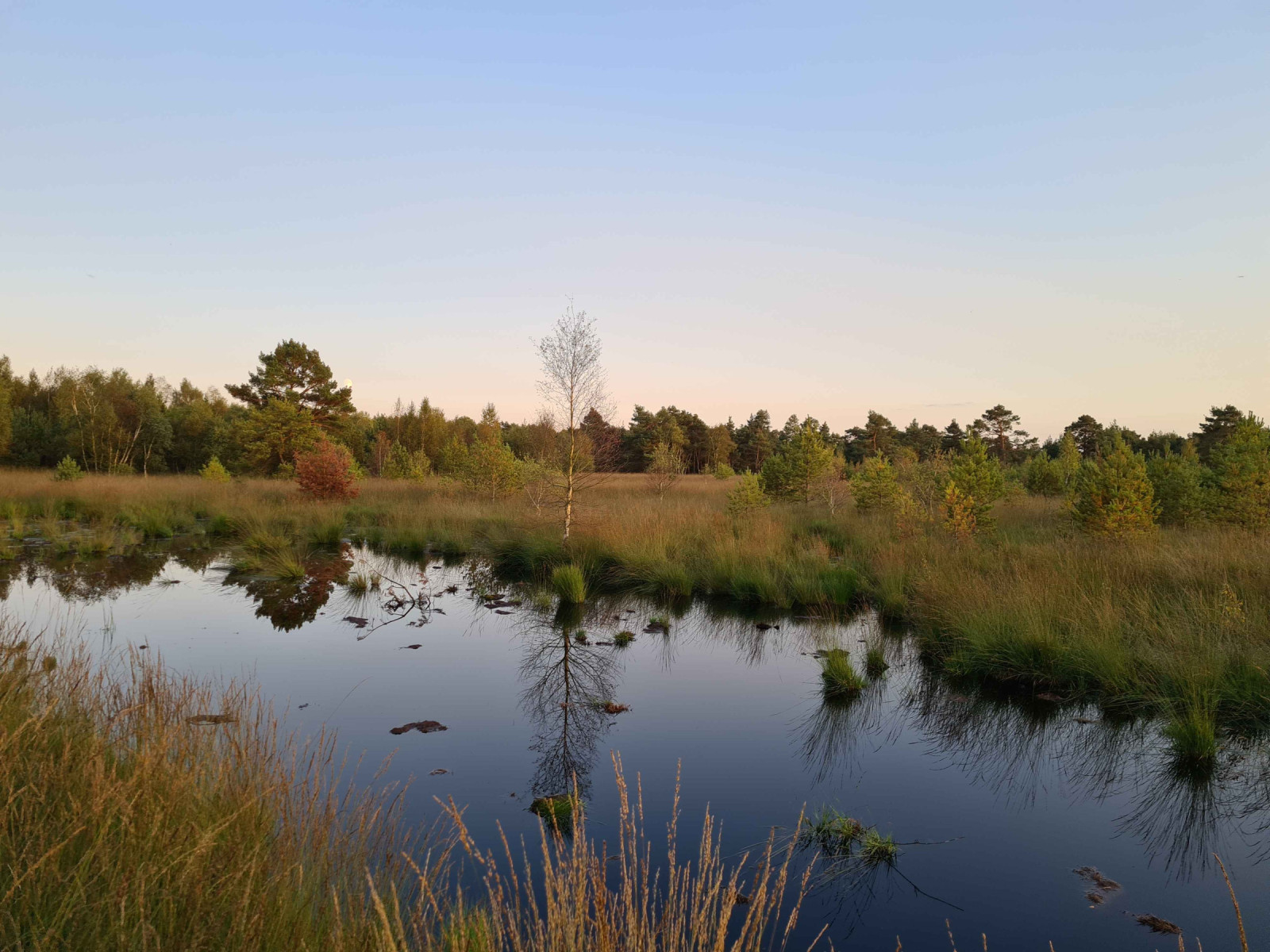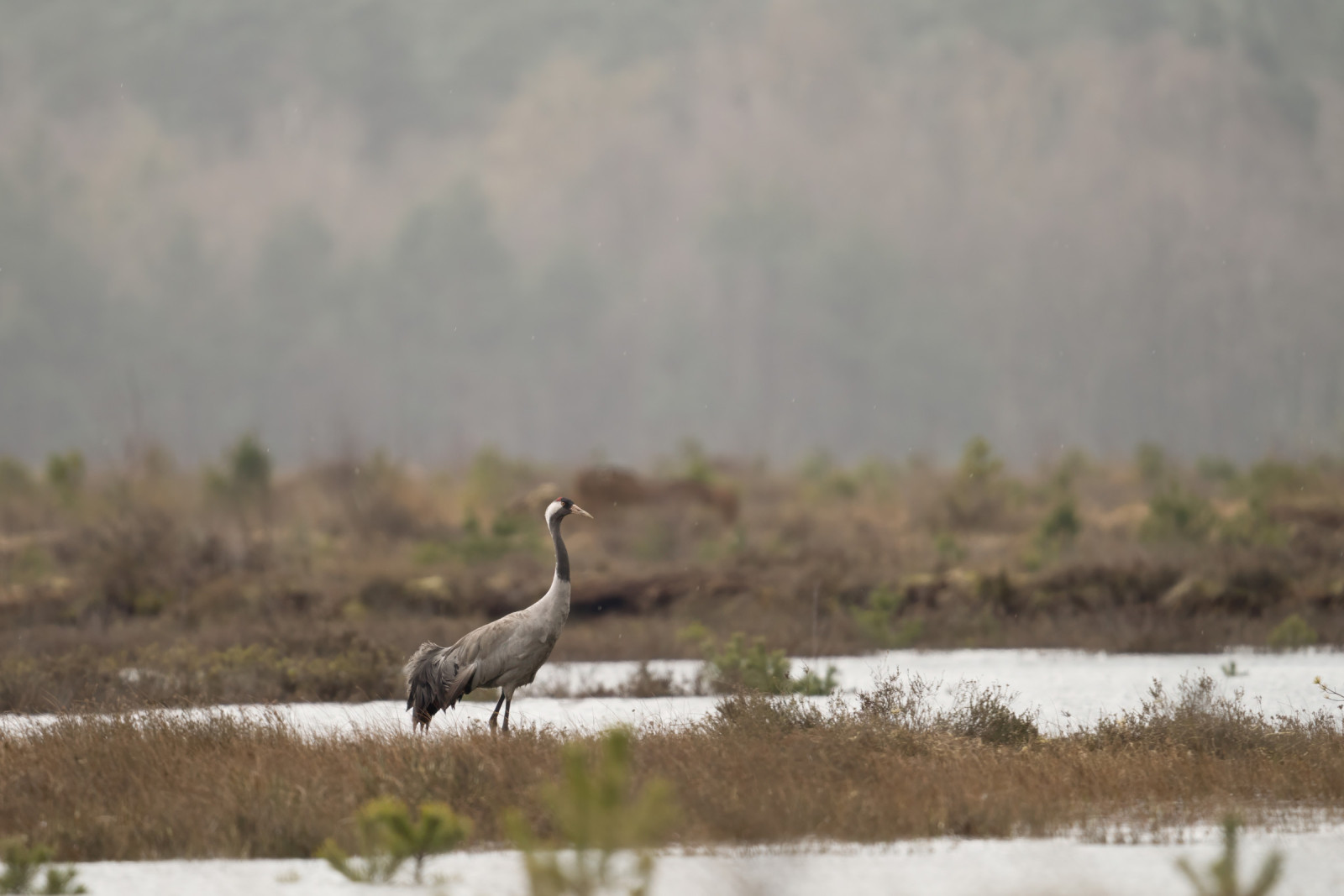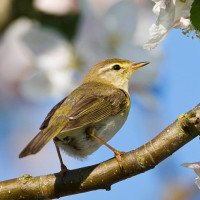Opis
In the last few years the Bissendorfer Moor was rewetted which is very noticeable in dams through the entire place. The area of about 1.1 km² / 110ha is almost without any trees and from the two hides most of the area is more or less well visible and scannable in search for birds. The Bissendorfer Moor is inhabited by some rare breeding birds like lelek, słonka, żuraw, świerszczak, pokląskwa, kulik wielki and also kszyk.
The forests surrounding the area contain a few interesting birds like dzięciołek, dzięcioł czarny or also świergotek drzewny. These species can almost always be observed/heard pretty well from both towers in late spring and summer. In the past this place was also a breeding place for cietrzew and uszatka błotna.
During migration, the area is known to have great amount of żuraw, staying overnight, and sometimes on some smaller forming ponds waterfowl like krzyżówka or cyraneczka can be seen. In winter it is always worth to scan the entire area for uszatka błotna, błotniak zbożowy and srokosz.
Szczegóły
Dostęp
Bissendorfer Moor is located 18 km north of Hannover, near the town of Bissendorf. The area is best accessible by using a bike, but having a car and walking the last few meters also works (about 1.7 km for the walk from the hide in the north; about a 2.5 km walk to the hide in the south). In the village Kiebitzkrug there is also a bus stop from which the shortest way to the hide in the south is about 3 km. Press P on the map for directions to a parking.





